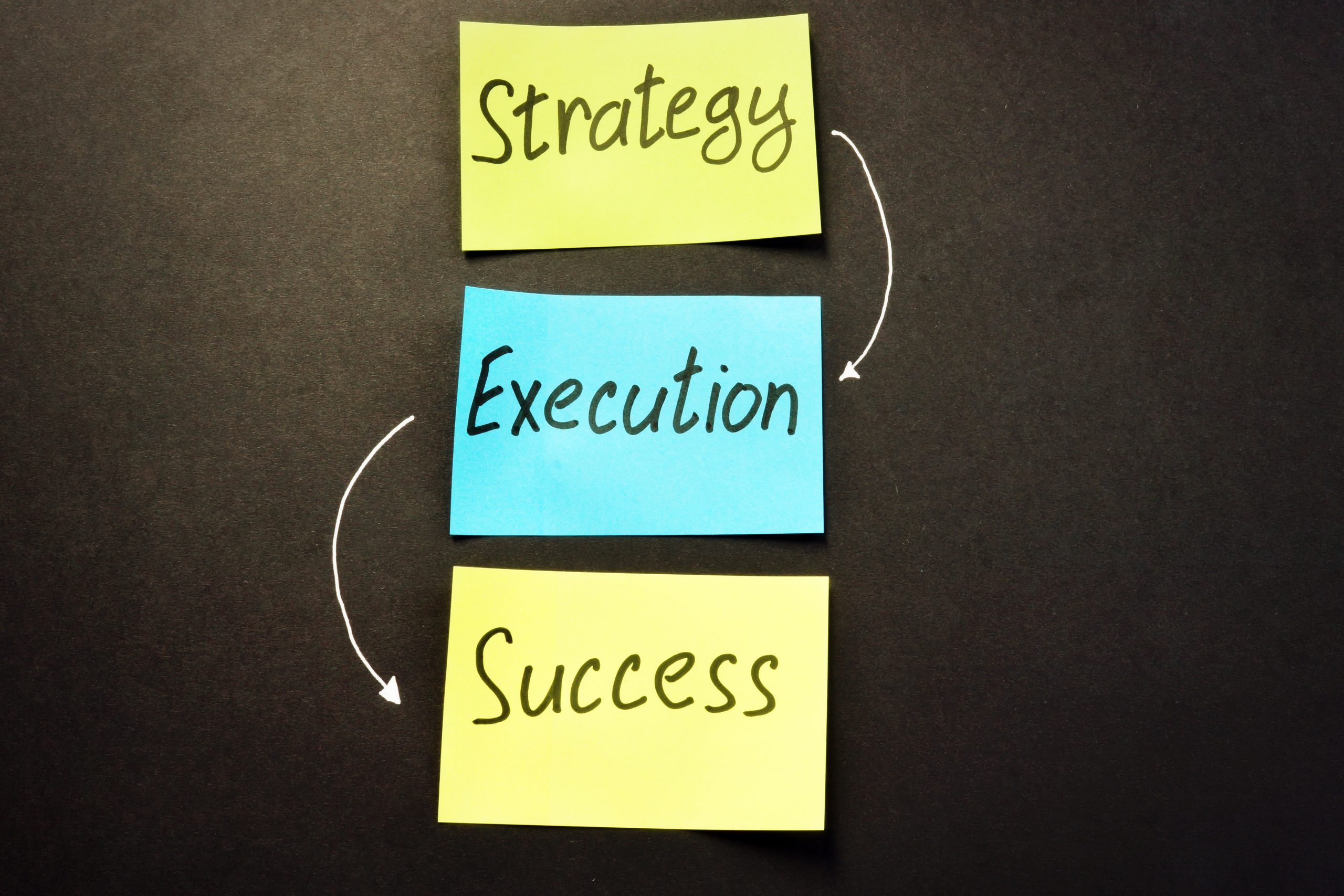

K Sutton Enterprises, LLC.
PO Box 42202
Atlanta, GA 30336

We offer a diverse collection of business guides designed to empower entrepreneurs and business owners at every stage of their journey. Whether you’re just starting out or scaling to new heights, our guides cover everything from foundational business planning, marketing strategies, and financial management, to advanced growth tactics and leadership development. Crafted by industry experts, these guides provide actionable insights, step-by-step instructions, and proven techniques to help you build, manage, and grow a successful business. With our resources, you’ll have the knowledge you need to navigate the complexities of entrepreneurship and make informed decisions that drive long-term success.
Digital advertising offers targeted reach, cost efficiency, and real-time performance tracking, allowing businesses to engage specific audiences through diverse ad formats across multiple platforms. With measurable results, personalization, and automation, it enables businesses to optimize campaigns for maximum impact, expand their global reach, and drive conversions—all while maintaining flexibility and scalability to fit various budgets and objectives.

Our digital advertising process involves three key steps: first, planning and strategy, where you define your target audience, set goals, and choose platforms; second, execution and optimization, where you launch and continuously adjust campaigns for better performance; and third, analysis and reporting, where you review key metrics to assess results and refine future strategies for improved outcomes.
01
Define your target audience, set clear goals, and choose the right digital platforms (e.g., Google Ads, social media) based on where your audience spends their time. Develop a strategy that includes ad formats, messaging, and budget allocation.


02
Create and launch the ads, ensuring they align with your strategy. Continuously monitor the campaigns, track performance, and make data-driven adjustments to optimize ad placement, targeting, and budget for better results.
03
After the campaign runs, analyze the results by reviewing key metrics like clicks, conversions, and ROI. Use these insights to understand what worked, what didn’t, and refine your strategy for future campaigns.

info@ksuttonenterprisesllc.com
Atlanta, GA 30336
Copyright ©2025 by K Sutton Enterprises, LLC. All Rights Reserved.